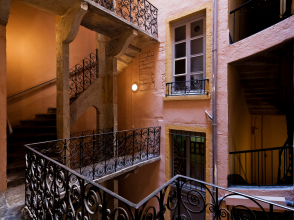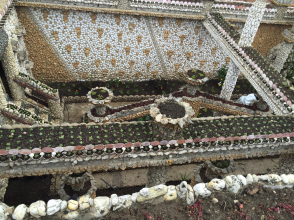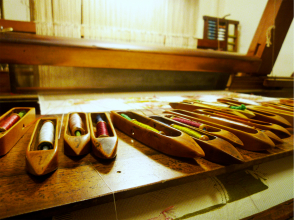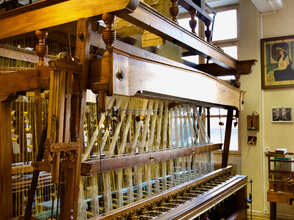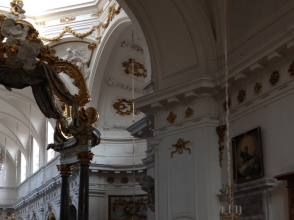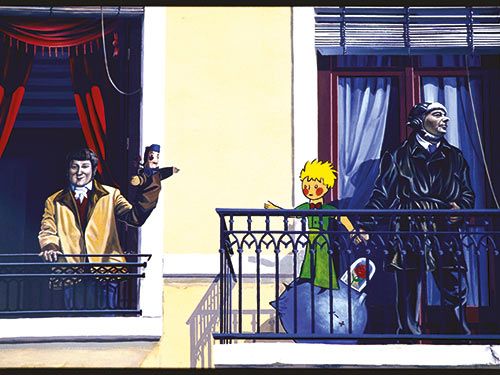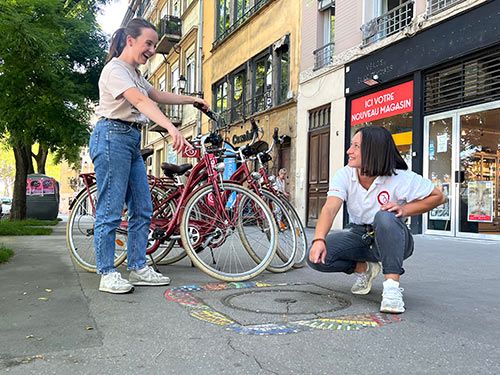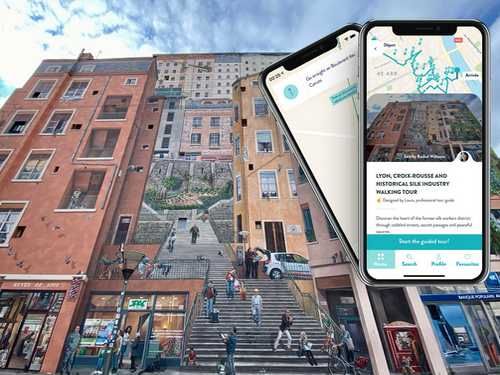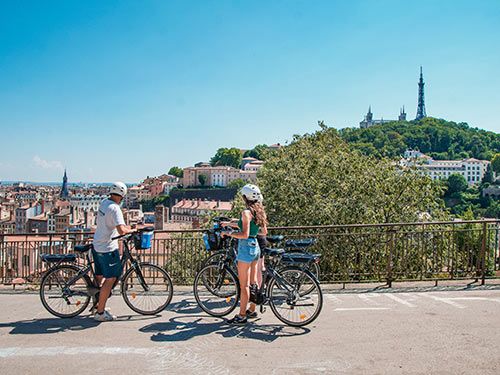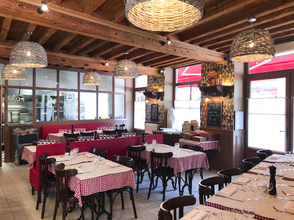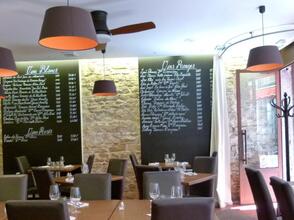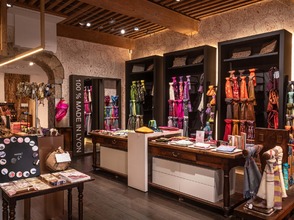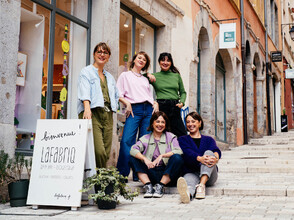- Discover
- The districts of Lyon
- Croix-Rousse
Croix-Rousse
The districts of Lyon
Last updated date : 11/07/2025
Perched up on a hill, the historic Croix-Rousse district overlooks the city, providing a spectacular panoramic view over Lyon’s rooftops. It’s here that the history of the Canut silk weavers began, making the city the capital of silk-making. Today, this former working-class district neighbourhood is particularly popular due to its easy living, great shopping, and lively atmosphere.
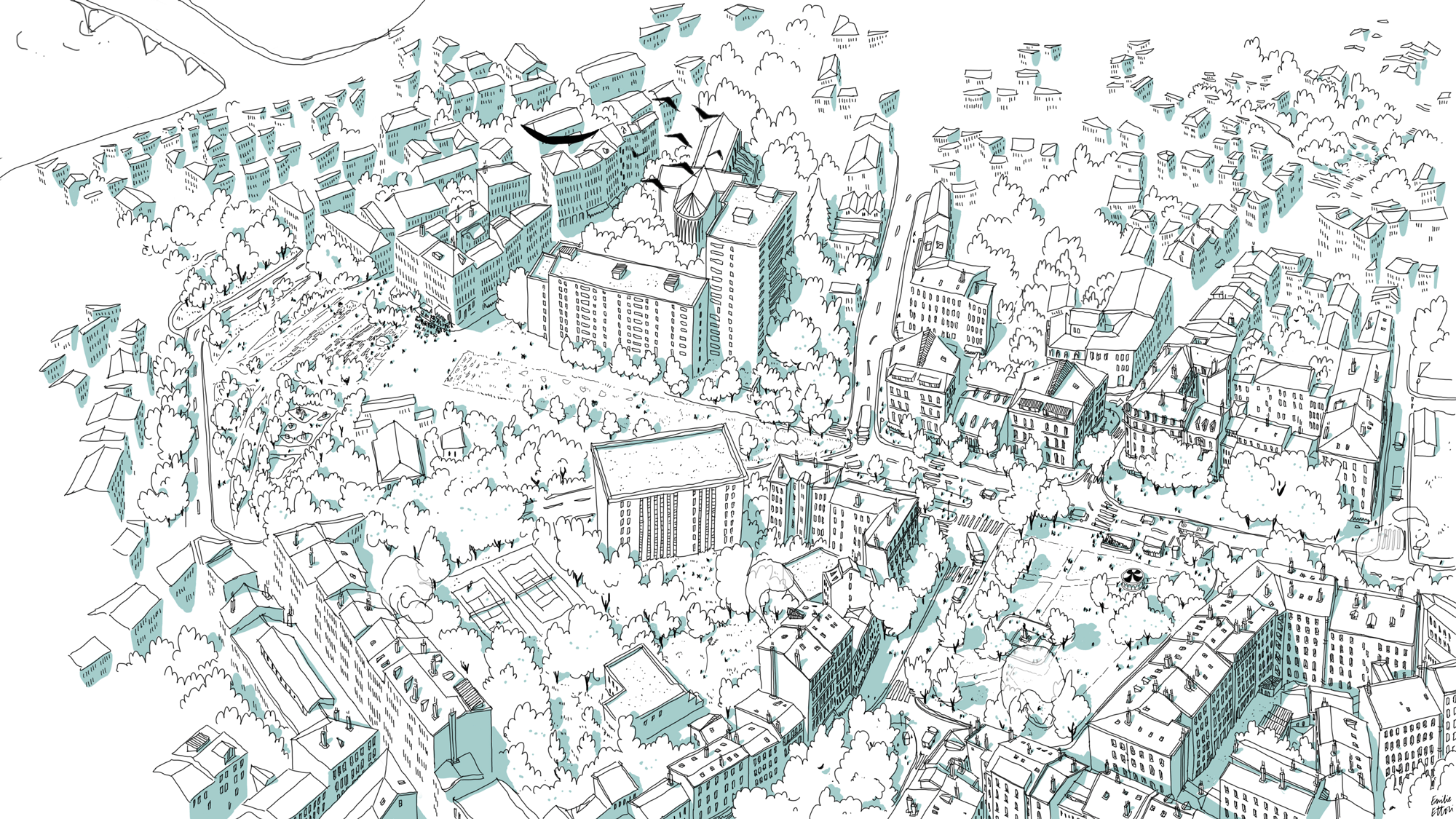
See all pictures
Croix-Rousse: historic and authentic
This former working-class district’s narrow streets, steep gradients, traditional traboule passageways, and even its boulevard still bear traces of the history of the Canuts. This former working-class district’s narrow streets, steep gradients, traditional traboule passageways, and even its boulevard still bear traces of the history of the Canuts. Its light, vast-windowed buildings and flats, today highly coveted for their high ceilings (up to 4 to 5 metres), used to be home to the silk workers’ weaving looms.
Lyon’s history with silk began as far back as the 16th century, at the instigation of François I. But it was in the early 19th century that the industry began moving into the Croix-Rousse district to enjoy its pure air and erecting its tall buildings to make Lyon its capital. Teeming with silk merchants, full of hustle and bustle, it became known during this period as “the hill that works”, in opposition to “the hill that prays” (Fourvière, which stands opposite). It was also the setting for the 19th-century Canut revolt, one of the biggest and earliest worker revolts.
Village life: from top to bottom
But Croix-Rousse is also all about its steep gradients (‘pentes’), which form a listed UNESCO world heritage site, and the Montée de la Grande-Côte connecting Place des Terreaux to its plateau. On the slopes of the Croix-Rousse, you’ll find gardens, vintage boutiques, delicatessens, creators, artists, restaurants and cafés, and streets connected via traditional traboules, passageways cutting straight through silk-weaving buildings to link them together. Undoubtedly the best known is the traboule across Cour des Voraces, revealing a building featuring both typically ‘Canut’ architecture and a monumental staircase.
In this district, families with pushchairs, born-and-bred Lyon residents, and young creators and artists mix in a real friendly “neighbourhood” atmosphere. Diverse? Bourgeois-bohemian? Working-class? Lively? Croix-Rousse offers its residents a cosy village atmosphere from top to bottom. There’s good reason the people who live there rarely “go down” to the peninsula!
Must-see sights in the district
Below you’ll find a few must-see sights for visitors looking to immerse themselves in the history of this unique district:
- admire the Fresque des Canuts, (“silk-weavers’ fresco”), a unique trompe-l'œil and the biggest in Europe),
- wander around the secret Jardin Rosa Mir garden (soon set to reopen),
- visit the Maison des Canuts or non-profit Soierie Vivante,
- explore the remains of the Amphithéâtre des Trois Gaules, the biggest Gaulish amphitheatre,
- take a guided tour of the Church of Saint-Bruno les Chartreux, a remarkable example of Baroque style,
- visit the traboules and discover the secrets of the steep gradients and Croix-Rousse.
Must-see sites
Magazine
We also talk about it in…
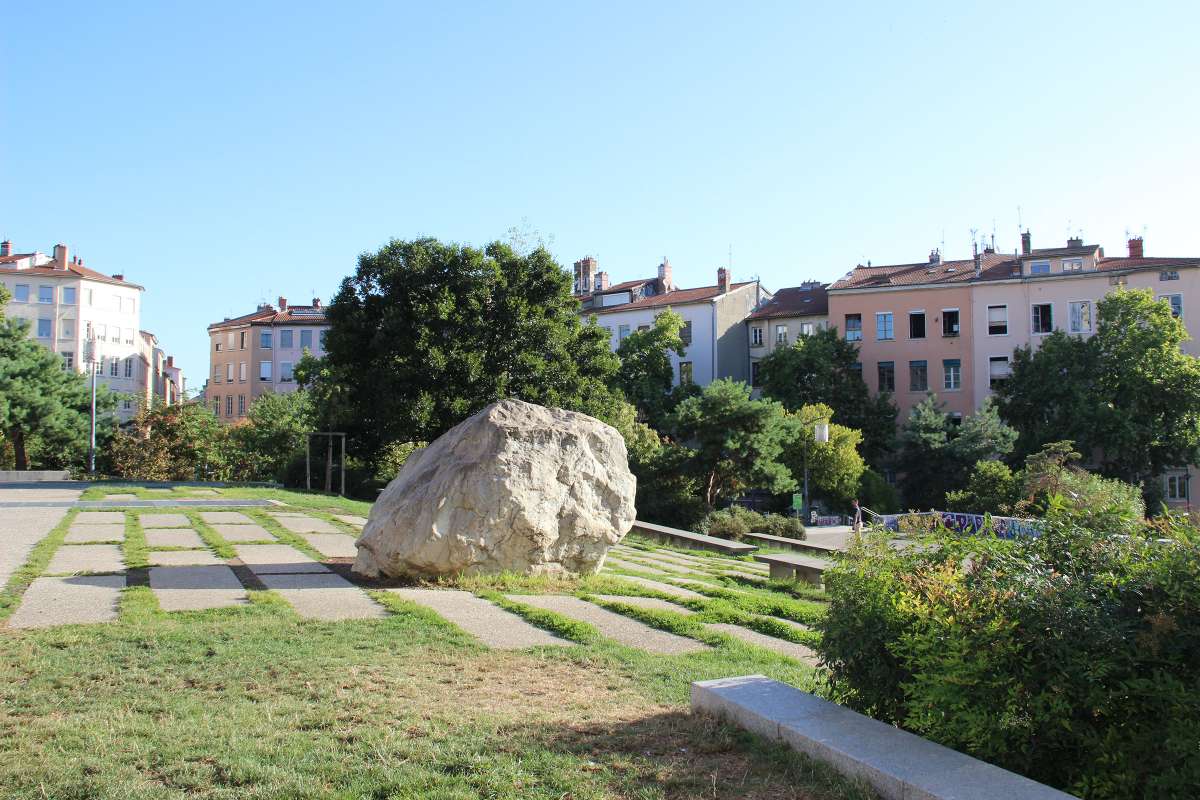
Out and about
A Summer in the Croix-Rousse
With its silk-making history, great places to eat and village atmosphere, the plateau of Croix-Rousse hill is a place to be experienced.
Discover
